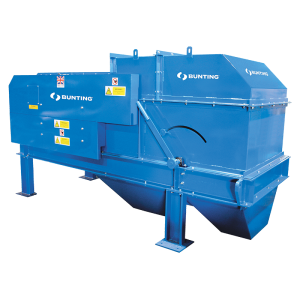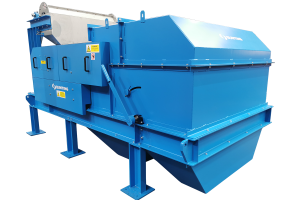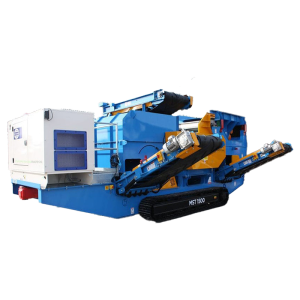Get in touch with us at our toll-free number 1-800-835-2526 or request a quote here:
High-Intensity Eddy Current Separator
The application of Eddy Current Separators in the recycling sector involves the retrieval or exclusion of non-ferrous metals from materials that lack metallic properties. Various configurations are available to facilitate the segregation of both small (as small as 3mm) and large non-ferrous metals.
Bunting offers a diverse selection of eddy current separators featuring both concentric and eccentric rotor designs, developed and refined over three decades of manufacturing and distribution. This comprehensive range encompasses laboratory-scale eddy current separators, with exemplars showcased at the UK Recycling Test Facility.
Call: (316) 284-2020

Bunting-High-Intensity-Eddy-Current-Separators
The Eddy Current Separator (ECS) utilizes magnetic forces to actively repel non-ferrous metals, facilitating their separation from non-conductive materials. Typically included in a metal separation module, the first-stage drum magnet removes ferrous metals.
Bunting has developed four unique models of eddy current separators, each designed to optimize the efficiency of separating and recovering non-ferrous metals:
|
High-Intensity Eccentric (HIE) ECS |
Tailored for small non-ferrous metals, reaching as small as 3mm.
|
|
High-Intensity Concentric (HIC) ECS |
Ideal for small non-ferrous metals, with a separation capability down to 10mm.
|
|
R Type ECS |
Suited for general recycling applications where non-ferrous metals are larger, above 20mm.
|
|
Can Sorter (CS) ECS |
A cost-effective model specifically designed for recovering aluminum cans.
|
Eddy Current Separators are often integrated into a Metal Separation Module as part of a two-step metal separation operation. The material initially undergoes separation using a Permanent Drum Magnet, efficiently extracting and recovering ferrous metals, resulting in a non-magnetic fraction. Following this, the Eddy Current Separator removes non-ferrous metals from the remaining non-conductive materials.
Call: (316) 284-2020

Operation
An eddy current separator functions as a dual pulley conveyor system, featuring a non-metallic rotor cover that accommodates an independently rotating, high-speed magnetic rotor. The separation process initiates when a non-ferrous metal particle, such as aluminum, copper, or zinc, is transported into the magnetic zone. Within this zone, the non-ferrous metal particle undergoes exposure to rapidly changing magnetic polarity, inducing the generation of ‘eddy currents’ through Fleming’s left-hand rule, resulting in the creation of its own magnetic field.
The interplay between these two magnetic fields, characterized by North pole repulsion, leads to the repulsion of the non-ferrous metal particle, prompting a change in trajectory. The precisely measured positioning of a splitter becomes instrumental in achieving the separation of non-ferrous metals from non-metallic material by exploiting the altered and unaltered material trajectories.
Crucially, the speed of the magnetic rotor is contingent upon the number of poles on the magnetic rotor and the specific application requirements.
Efficient Belt Replacement System
In order to minimize production downtime, the design of the HIC eddy current separator incorporates a quick belt change feature. This design includes a cantilever jacking system positioned beneath the hinge mechanism on the frame. Once the side guards and rotor motor drive belts are removed, the jacking system lifts and secures the conveyor from one side. This facilitates the easy and straightforward placement of the belt onto the pulleys, resulting in a significantly reduced time required for belt replacement.
In numerous alternative designs, the process of belt replacement is a time-consuming task that requires the removal of the primary eddy current rotor.
Models
Optional Features
• Sequentially controlled cabinet
• Ceramic coating on a carbon fiber shell to provide heightened protection for the magnetic rotor
• Fully customized frame design incorporating chutes for a comprehensive metal separation module (integrating Primary Magnetic Separator and Eddy Current Separator)
• Primary magnetic separators designed for the removal of ferrous materials, including:
• High-intensity drum magnet
• Pulley magnet
• Overband magnet
• Rotary or static belt cleaning brushes, suitable for applications involving wet or sticky products.
Applications
Eddy current separators serve the purpose of either reclaiming non-ferrous metals for recycling (such as recovering aluminum beverage cans from shredded cars or waste) or purifying waste materials by removing non-ferrous metals (for instance, from cullet or plastics). Common applications include:
Note: All stated capacities are for indication purposes only. Specific capacities are subject to confirmation once an application has been reviewed or after laboratory tests.







